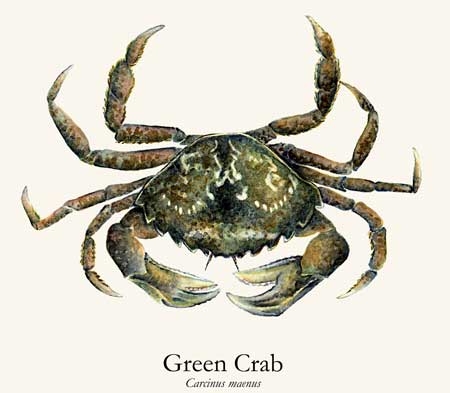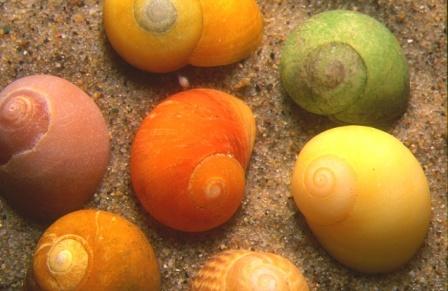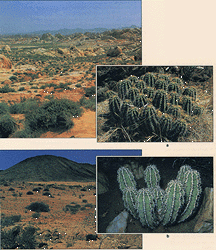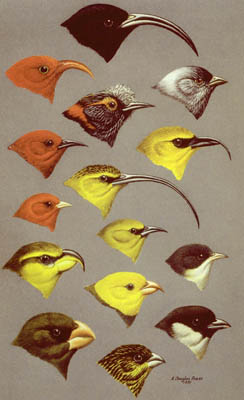
In Assignment 6, you discussed the history of major ideas that led to our understanding of how organisms change over time. In your discussion you probably began to talk about the topics of mutation, natural selection, and genetic drift. If you discussed these topics, a possible summary of your discussion may read as follows: Mutation produces random (chance) variation in the genetic makeupIn addition to mutation, natural selection, and genetic drift, you probably also have read about other related topics including speciation, gradualism, and punctuated equilibrium. As a review, speciation is a phenomena that "occurs when gene flow has effectively ceased between populations where it previously existed and is brought about by isolation mechanisms." (Hale and Margham, 1991, p. 498) An isolation mechanism is any feature or event that separates different populations of animals so they can no longer interbreed. What do you think some examples of isolation mechanisms could be? Over the next two weeks, you will
study how a species
can change
over time by using computer simulations. These simulations
involve many of the concepts
and terms that you already worked with in Assignment 6 and read
about in the introduction to this
assignment. You will design and conduct several experiments that mimic
natural selection. While the activity will demonstrate the
process of changing organisms
over
time in a few minutes, it accurately models the actual process of
evolution
that occurs over decades to millions of years. |
 of a species or a
population--that is,
individuals of the same species living in the same area. Natural
selection sorts out these random changes according to their value in
enhancing
the individual's reproduction and survival. Such selection
ensures
that variations that make a species better adapted to its environment
will
pass on to future generations. At the same time, natural
selection
eliminates variations that make a species less able to survive and
reproduce.
(Coyne, 1995)
of a species or a
population--that is,
individuals of the same species living in the same area. Natural
selection sorts out these random changes according to their value in
enhancing
the individual's reproduction and survival. Such selection
ensures
that variations that make a species better adapted to its environment
will
pass on to future generations. At the same time, natural
selection
eliminates variations that make a species less able to survive and
reproduce.
(Coyne, 1995)

